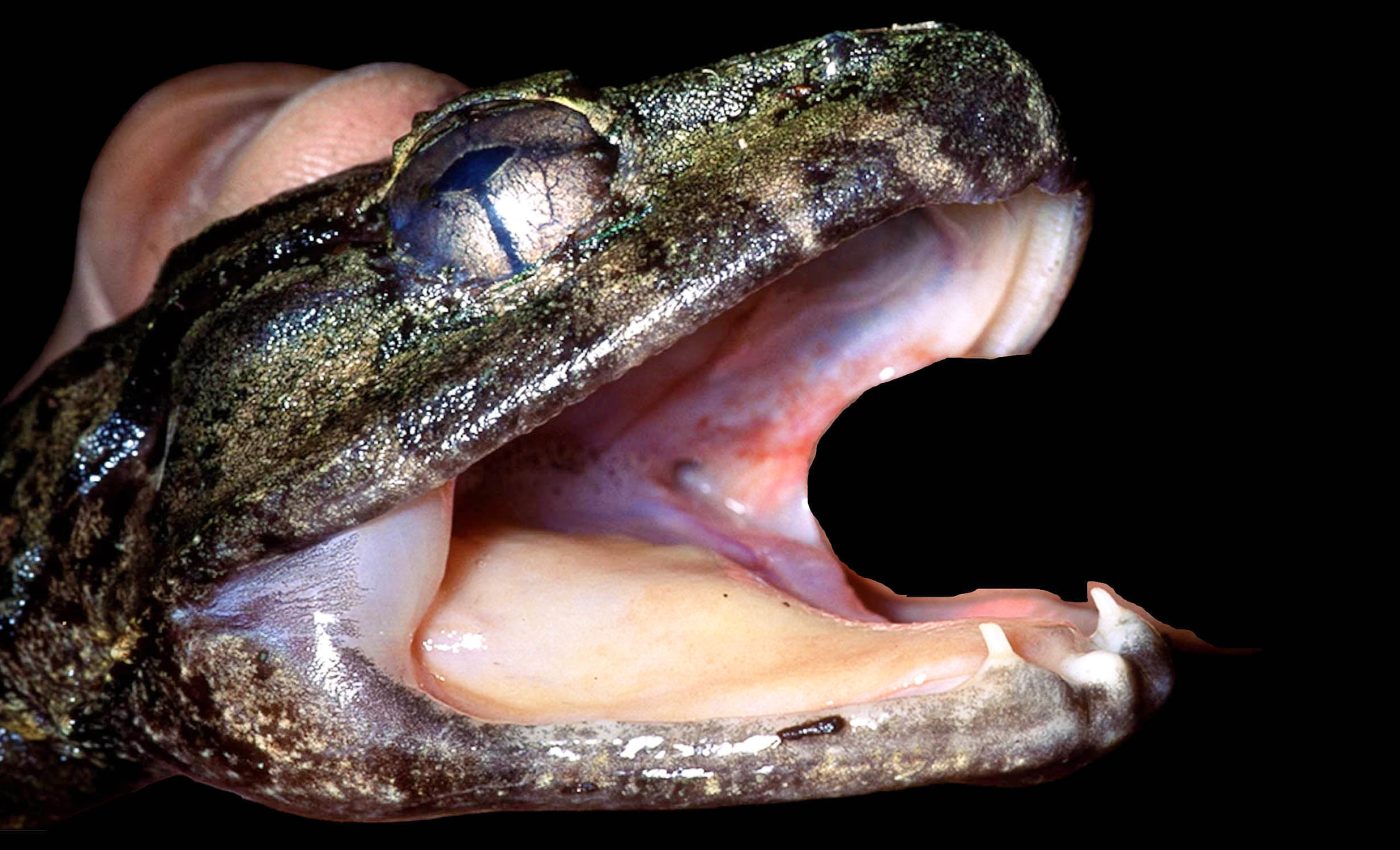
New 'fanged fighting frog' species has been hiding in plain sight
In one of nature’s most stunning examples of hiding in plain sight, a new species of fanged fighting frog has been discovered in the Philippines, quietly coexisting with its near-identical counterparts for decades.
Despite being collected numerous times, this elusive amphibian managed to avoid detection, blending seamlessly into the diverse frog population.
It’s a fascinating story of how a creature can remain camouflaged not by its physical appearance, but by the long-held assumptions of human observers.
Misidentifications over the years highlight just how much remains hidden in nature, waiting to be uncovered through deeper scientific exploration.
Fanged frog Limnonectes cassiopeia
Researchers from the University of Kansas have made a groundbreaking discovery with the identification of a new species of fanged frog, Limnonectes cassiopeia, on the Philippine island of Luzon.
What makes this discovery remarkable is that specimens of the new species have been collected a dozen times over the last 20 years, but were mistakenly identified as juvenile versions of the well-known Luzon Giant Fanged Frog.
“They’re called that because the males of some species have large, bony protuberances, like fangs, in their lower jaw — it’s pretty unique,” said lead author Mark Herr, a doctoral student at KU’s Biodiversity Institute and Natural History Museum.
“It’s still a bit of a mystery, but it’s become generally assumed that these fangs are used for male-to-male combat. The males’ fangs are much larger than the females’. These males have big heads, and a lot of these frogs can be huge — some as large as chickens elsewhere in Southeast Asia.”
Genetic survey leads to fanged frog discovery
The discovery of Limnonectes cassiopeia came amidst a comprehensive genetic survey of all Philippine fanged frogs.
Herr’s genetic analysis revealed that this new species formed a distinct branch separate from two other known species of fanged frogs in Luzon.
“I sequenced many of them to establish a good genetic dataset, allowing me to examine their patterns of relatedness,” said Herr.
His findings prompted an intensive study of physical specimens to identify any distinguishing traits from the Luzon Giant Fanged Frog. One key physical trait emerged that set the new species apart: smaller, unpigmented white toe discs.
“The discs are important,” Herr said. “Statistically, in comparison to their body size, they may have smaller toe pads. Not only are the toe pads smaller, but they’re white. They’re pale, completely unpigmented, which sets them apart from Limnonectes macrocephalus, which has dark gray pigmented toe pads.”
Unveiling Limnonectes cassiopeia
The discovery of this new species, named Limnonectes cassiopeia after the five-star constellation, marks an exciting step forward in understanding the biodiversity of the Philippines.
Herr also discovered that Limnonectes cassiopeia develops its characteristic large head and fangs earlier in its growth compared to Limnonectes macrocephalus, adding another layer to the complexity of its identification.
“Now that we know they’re different, we can go out and watch them and study their natural history in detail,” Herr said. “Maybe they’re doing something totally different in the wild, you know? That’s exciting for me.”
This new revelation opens a door to further research on Limnonectes cassiopeia, offering fresh insights into its behavior, breeding patterns, and ecological role within Luzon’s unique ecosystem.
By understanding how this newly identified species interacts with its environment, scientists can gain a deeper appreciation of the region’s biodiversity and the evolutionary pressures that shaped the fanged frog’s development over time.
Future studies on Limnonectes cassiopeia
Now that Limnonectes cassiopeia has been formally identified, researchers are eager to study the fanged frog in its natural habitat.
Understanding how it interacts with its environment, its role in the local ecosystem, and its unique behavioral traits — such as the use of fangs in combat — could reveal even more about the species.
Herr and his team hope to track its behavior in the wild, studying its diet, mating habits, and possible interactions with other fanged frog species.
This further research promises to shed light on how this elusive species has adapted to its environment, potentially uncovering new aspects of the fascinating fanged frogs of the Philippines.
The full study was published in the journal Ichthyology & Herpetology.
—–
Like what you read? Subscribe to our newsletter for engaging articles, exclusive content, and the latest updates.
Check us out on EarthSnap, a free app brought to you by Eric Ralls and Earth.com.
—–













